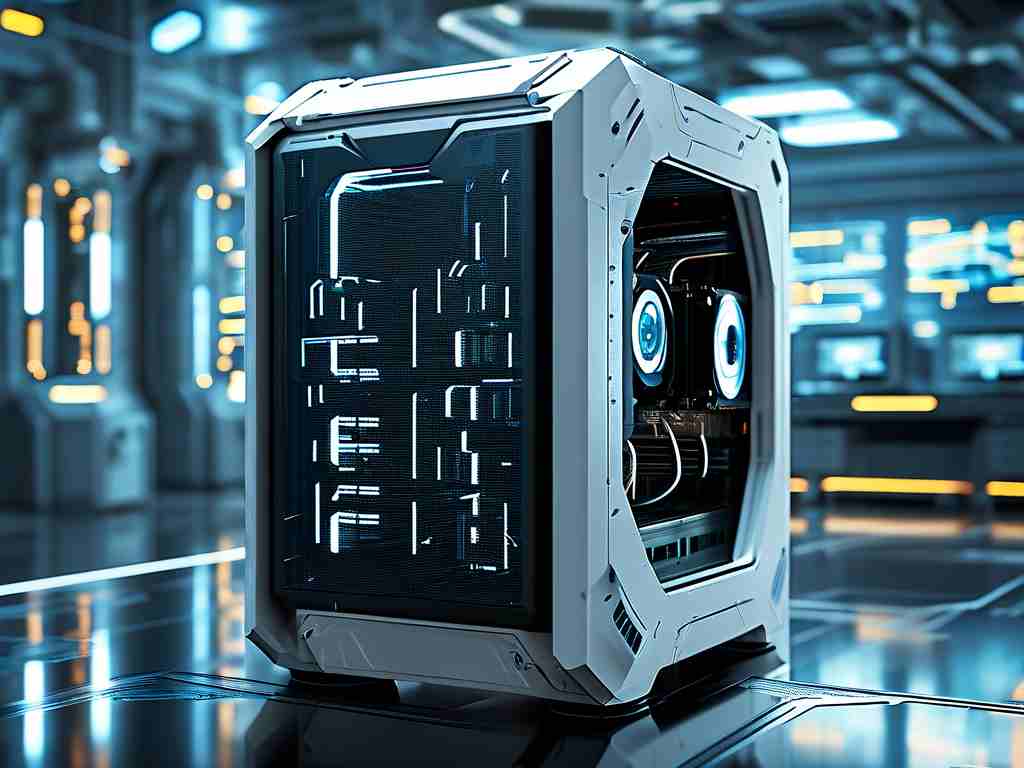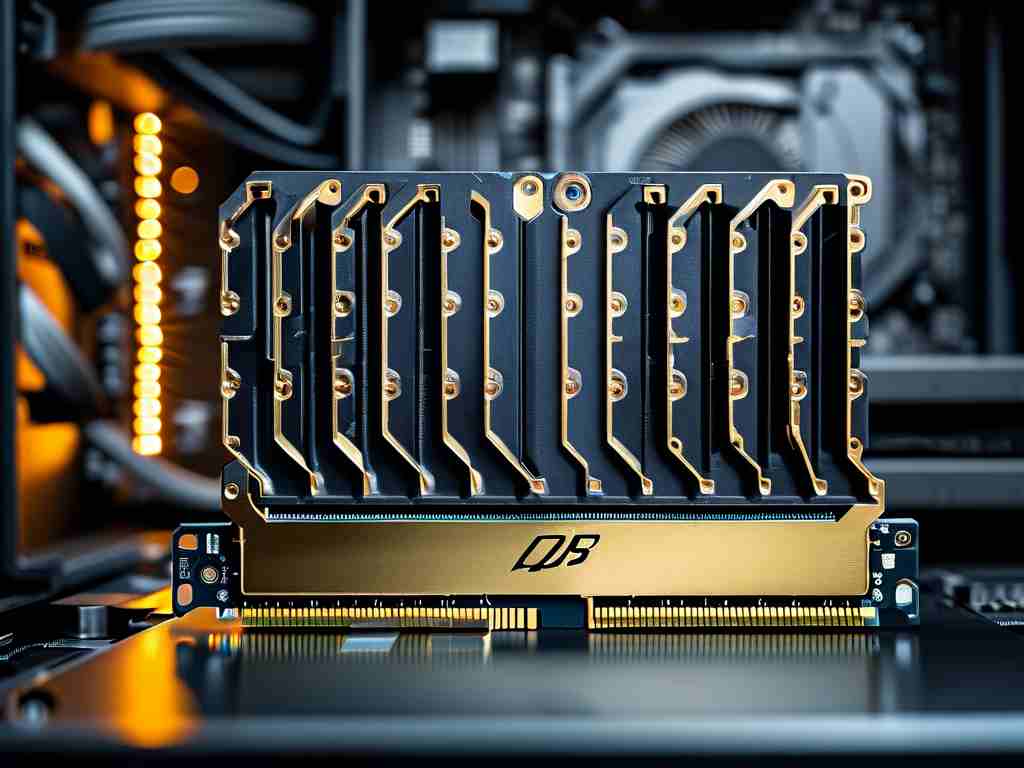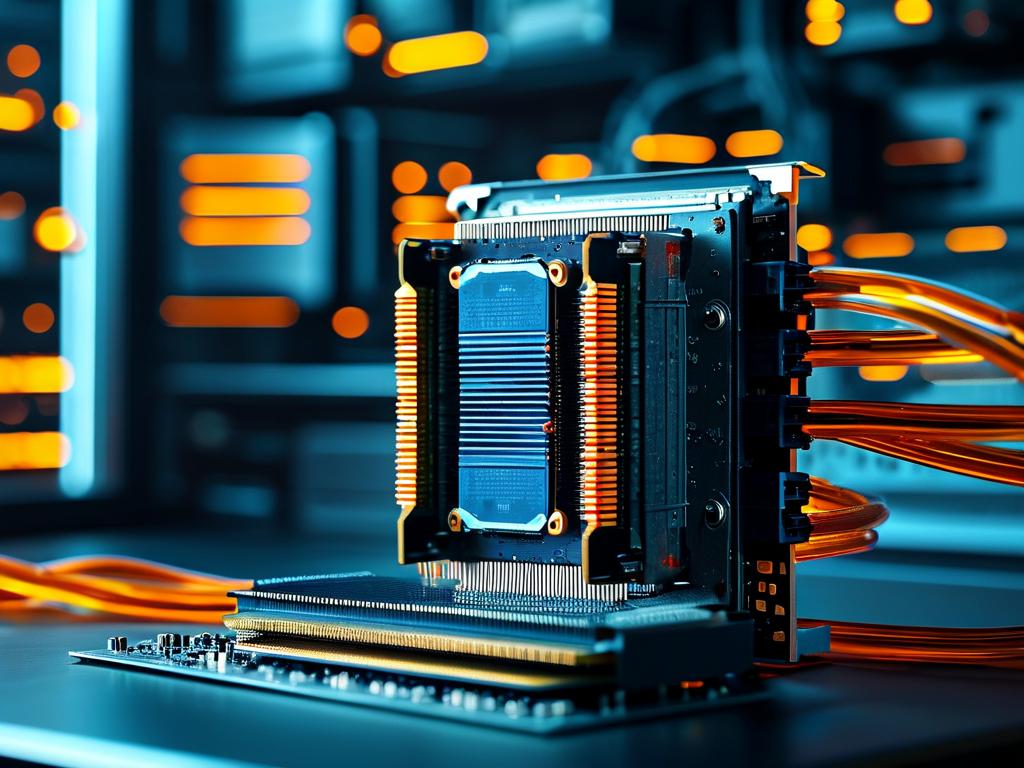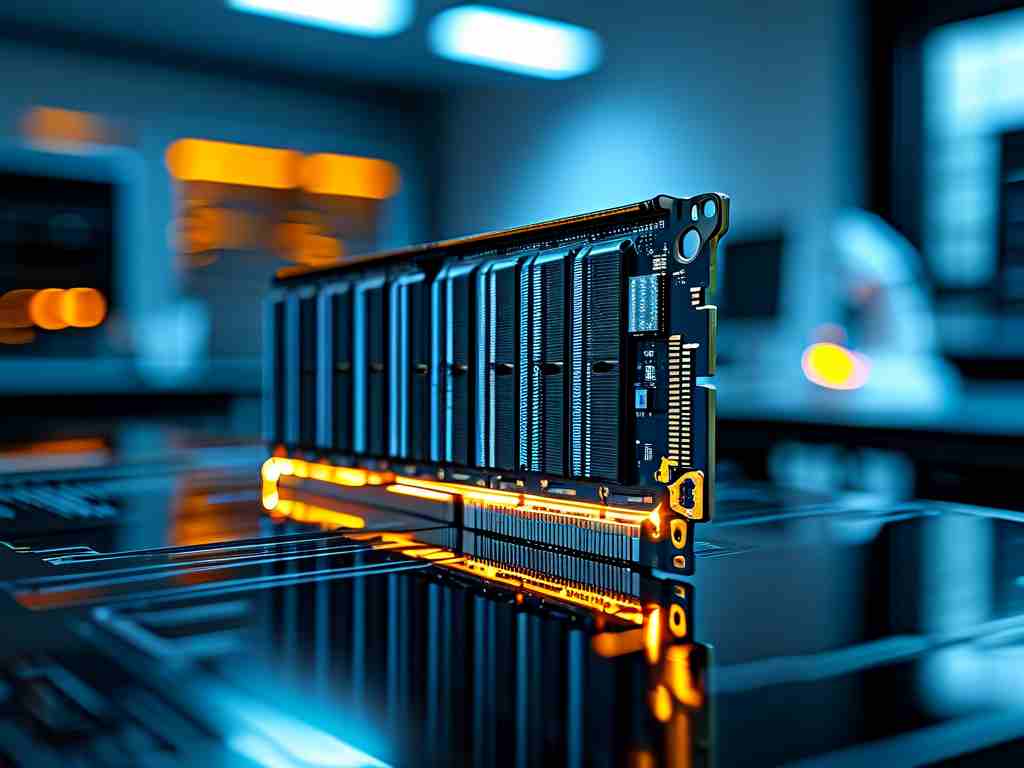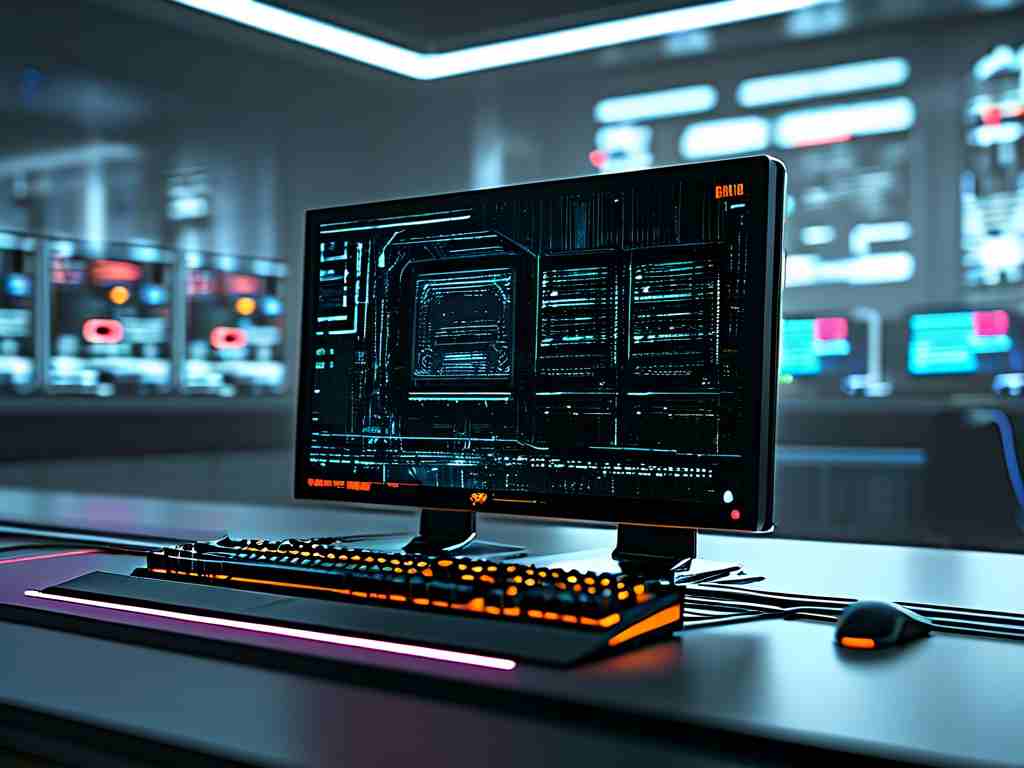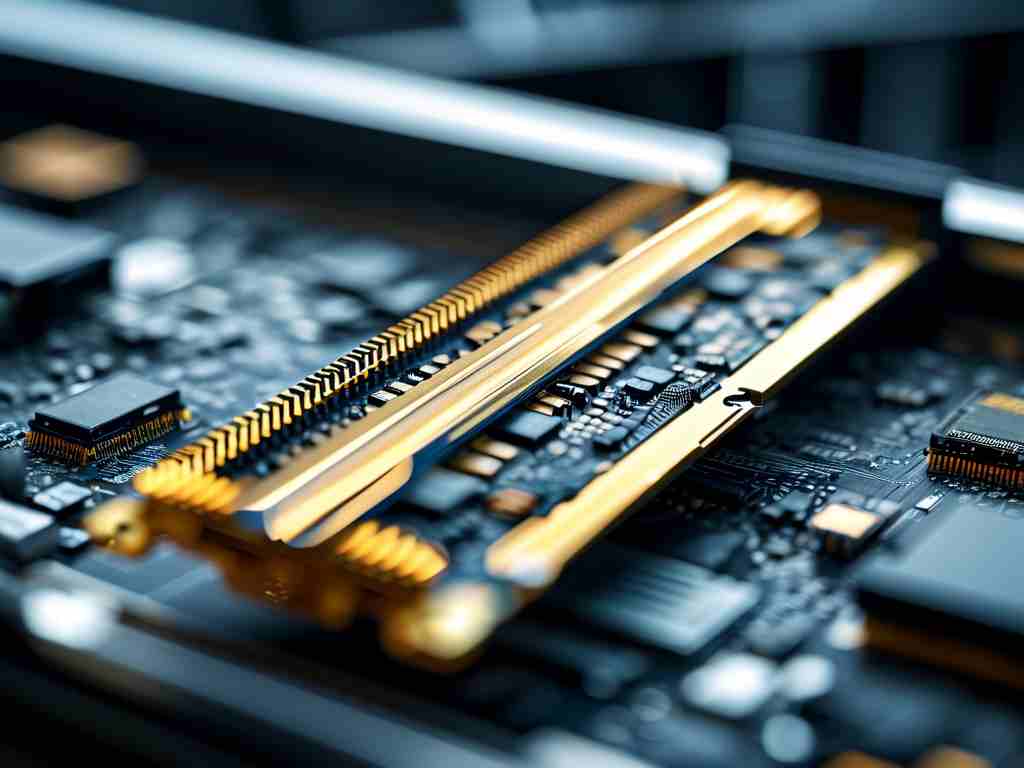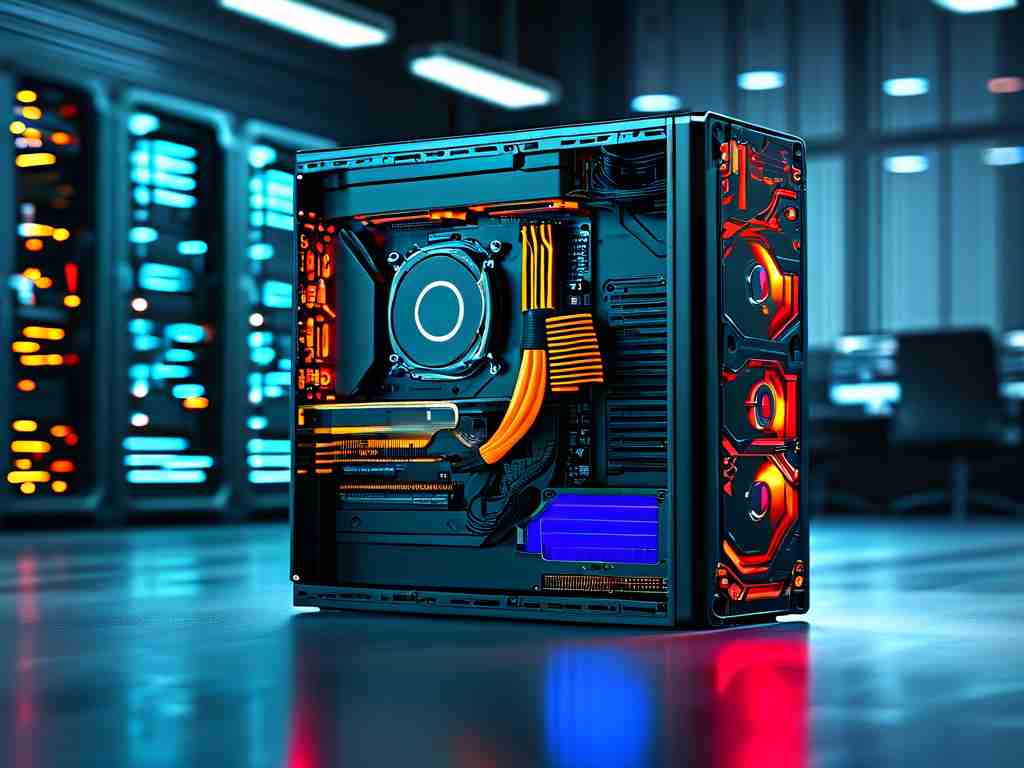Memory frequency, often referred to as RAM speed, plays a critical role in a computer's performance. Whether you're a gamer, a content creator, or a casual user, understanding how your system detects and utilizes memory frequency can help optimize its efficiency. This article explores the technical mechanisms behind memory frequency detection, the tools used to measure it, and why it matters for your computing experience.

What Is Memory Frequency?
Memory frequency, measured in megahertz (MHz), indicates how many data cycles a RAM module can perform per second. For example, a DDR4 RAM stick labeled as "3200 MHz" can complete 3.2 billion cycles per second. Higher frequencies generally translate to faster data transfer rates between the RAM and the CPU, reducing latency and improving multitasking capabilities. However, the actual speed a system achieves depends on multiple factors, including motherboard compatibility, CPU support, and BIOS configurations.
How Computers Detect Memory Frequency
- SPD Chip on RAM Modules Every RAM module contains a Serial Presence Detect (SPD) chip, a small memory chip that stores preconfigured data about the module's specifications. This includes its default frequency, timings, voltage requirements, and manufacturer details. When a computer boots up, the motherboard's firmware (UEFI/BIOS) reads the SPD data to initialize the RAM at its base frequency.
However, the SPD often lists a "JEDEC" standard frequency, which is lower than the module's advertised maximum speed. For instance, a DDR4-3200 RAM might have a JEDEC profile of 2133 MHz. To achieve higher speeds, users must enable overclocking profiles like Intel's XMP (Extreme Memory Profile) or AMD's DOCP (Direct Overclock Profile).
-
UEFI/BIOS Configuration The BIOS/UEFI acts as the intermediary between hardware and software. During startup, it communicates with the RAM's SPD chip to set initial parameters. Users can manually adjust frequency, voltage, and timings in the BIOS, but improper settings may cause instability. Overclocking profiles like XMP simplify this process by applying manufacturer-tested configurations.
-
Operating System Tools While the BIOS handles low-level detection, operating systems like Windows, Linux, and macOS use software tools to report RAM speed. For example:
- Windows: Task Manager (Performance > Memory tab) displays the "Speed" field, which reflects the current frequency.
- Linux: Commands like
sudo dmidecode --type memoryorlshw -shortprovide detailed RAM information. - macOS: The "About This Mac" menu under "System Report" lists memory details.
These tools typically show the actual operating frequency, which may differ from the advertised "maximum" speed if overclocking isn't enabled.
- Third-Party Software Advanced users rely on utilities like CPU-Z, HWiNFO, or Thaiphoon Burner for precise measurements. CPU-Z's "Memory" tab, for instance, reveals real-time frequency, timings, and channel configuration. Such tools also detect whether XMP/DOCP is active and verify if the RAM is running at its rated speed.
Factors Affecting Reported Memory Frequency
- Motherboard Limitations: Older motherboards may not support high-frequency RAM. For example, a DDR4-4000 module might downclock to 2666 MHz on a budget motherboard.
- CPU Memory Controller: Modern CPUs integrate memory controllers that dictate supported speeds. Intel's 12th-gen CPUs officially support up to DDR5-4800, while AMD's Ryzen 7000 series supports DDR5-5200.
- Dual-Channel vs. Single-Channel: Running RAM in dual-channel mode doubles the effective bandwidth but doesn't directly increase frequency.
Why Memory Frequency Matters
-
Performance Scaling Higher frequencies reduce latency in data-intensive tasks. In gaming, faster RAM can improve frame rates and reduce stuttering, especially in CPU-bound scenarios. For productivity apps like video editors or 3D renderers, bandwidth-heavy workflows benefit significantly.
-
Compatibility and Stability Mismatched frequencies between RAM sticks can force all modules to run at the lowest speed. Mixing different brands or capacities may also trigger compatibility issues.
-
Overclocking Potential Enthusiasts often push RAM beyond factory ratings. Tools like MemTest86 help validate stability after tweaking frequencies or tightening timings.
Common Misconceptions
- "Advertised Speed = Actual Speed": Without enabling XMP/DOCP, most RAM runs at JEDEC defaults.
- "Higher Frequency Always Means Better Performance": Timings (e.g., CL16 vs. CL18) also affect real-world performance. A 3200 MHz CL16 kit might outperform a 3600 MHz CL20 kit in latency-sensitive applications.
Troubleshooting Frequency Issues
- Reseat RAM Modules: Loose connections can cause detection errors.
- Update BIOS/UEFI: New firmware versions often improve RAM compatibility.
- Test Individual Sticks: Faulty modules may prevent the system from booting at higher frequencies.
Understanding how a computer determines memory frequency empowers users to optimize their systems effectively. By leveraging BIOS settings, monitoring tools, and overclocking profiles, you can ensure your RAM operates at its full potential. Whether you're building a PC or upgrading an existing one, paying attention to memory frequency unlocks smoother performance and future-proofs your investment.


